| Plant Habit: | Shrub Tree |
| Life cycle: | Perennial |
| Sun Requirements: | Full Sun to Partial Shade Partial or Dappled Shade Partial Shade to Full Shade |
| Water Preferences: | Mesic |
| Minimum cold hardiness: | Zone 7a -17.8 °C (0 °F) to -15 °C (5 °F) |
| Maximum recommended zone: | Zone 11 |
| Plant Height: | 3 to 40 feet |
| Plant Spread: | to 25 feet |
| Leaves: | Evergreen Fragrant |
| Fruit: | Edible to birds Other: small light green drupe covered with bluish-white wax |
| Flowers: | Blooms on old wood Other: males bear yellow green catkins, females are small & inconspicuous little bumps that turn into berries |
| Bloom Size: | Under 1" |
| Flower Time: | Late winter or early spring |
| Suitable Locations: | Street Tree |
| Uses: | Windbreak or Hedge Erosion control Shade Tree Culinary Herb Will Naturalize |
| Edible Parts: | Fruit |
| Dynamic Accumulator: | Nitrogen fixer |
| Wildlife Attractant: | Bees Birds Butterflies |
| Resistances: | Humidity tolerant Drought tolerant Salt tolerant |
| Propagation: Seeds: | Can handle transplanting |
| Propagation: Other methods: | Cuttings: Stem Cuttings: Tip Cuttings: Root Other: chunks of root mass dug up & planted will send up new stems |
| Pollinators: | Wind |
| Containers: | Not suitable for containers |
| Miscellaneous: | Tolerates poor soil |


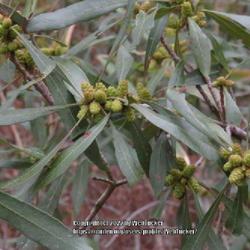
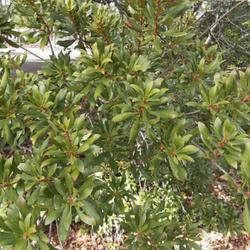



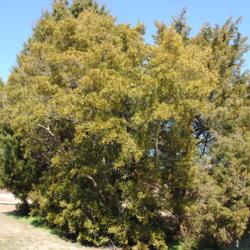
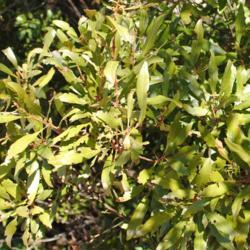
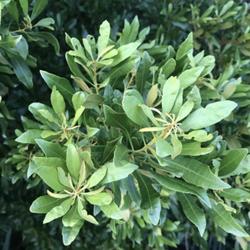

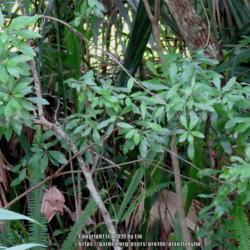

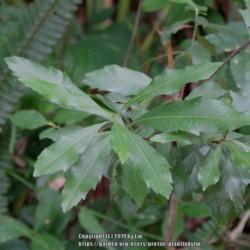
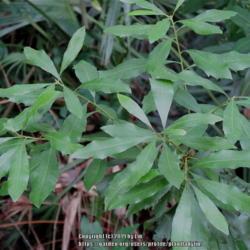

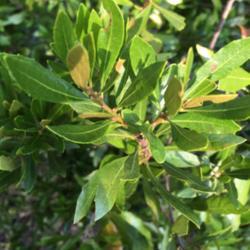

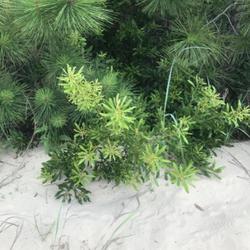

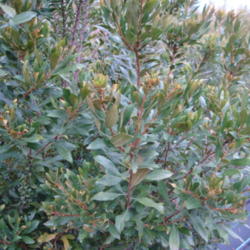
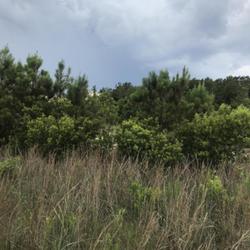
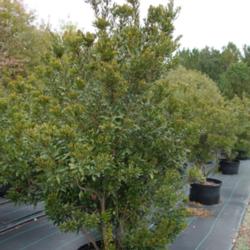
| piksihk | On April 29, 2016 | Seeds sown |
| WebTucker | On April 26, 2022 | Fruit Ripened |